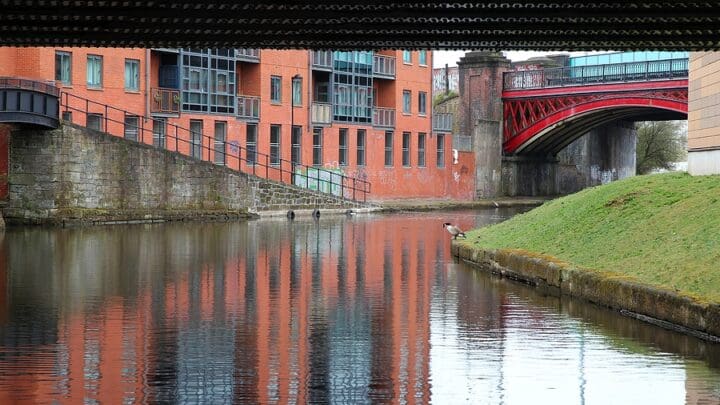
The report was launched at Multimodal 2025, to highlight the scale and distribution of waterborne freight flows and emphasise the critical role maritime transport fulfils in supporting national and regional economies.
“Waterborne domestic freight has the potential to improve the efficiency, sustainability and resilience of the UK logistics sector, supporting the government’s own net zero targets,” said Logistics UK Head of Infrastructure and Planning Policy Jonathan Walker.
“Britain’s waterways have developed over centuries, linking ports to cities and connecting communities with the goods they needed long before motorways and mass railways even existed. It is time that there is coordinated action from government so businesses and the UK economy can realise again the benefits of exploiting this tried and tested delivery network.”
Planning reform is also essential to enable water freight growth explains Mr Walker: “Too often, vital wharf sites are lost to residential development without recognition of their strategic value to the economy. Protecting freight infrastructure must be embedded in planning policies nationally and locally.”
The report identifies examples of local and regional projects that, with appropriate investment, could enable success: the Port of Leeds has the potential to develop Stourton as a wharf to handle significant volumes of cargo while enhancing the infrastructure along the Manchester Ship Canal, including the development of Port Salford, could support increased freight traffic.
At a regional level, the report highlights the benefits that could be realised by modernising the Aire and Calder Navigation to facilitate freight movement, expanding Southampton Port infrastructure to handle increased container traffic and investing in the Humber Ports to enhance capacity and supporting the movement of biomass and other bulk commodities.
“If the UK government is serious about improving productivity, decarbonising transport, and ensuring resilience in supply chains,” concluded Mr Walker, “the country must make full use of every transport mode available – including the opportunities presented by rivers, canals and estuaries. This is why we are calling on improved government oversight of waterways to ensure freight growth is supported and for the government to encourage investment by setting a clear growth target for water freight, just as has been set for rail freight.”